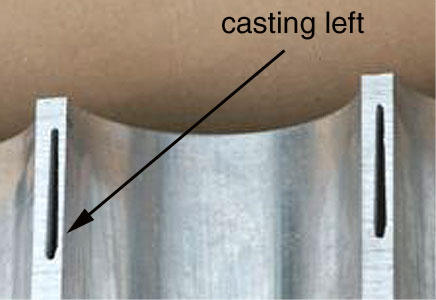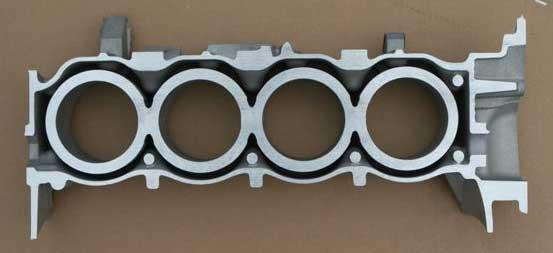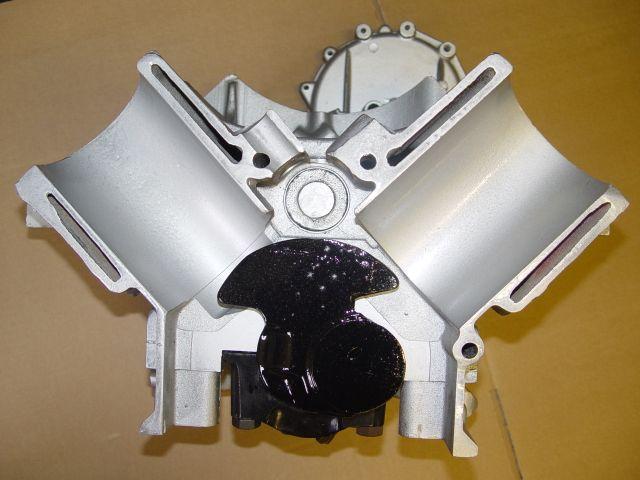Leyland P76 Owners 2007 |
Technical |
Loose Liners
weird theories over the years...none true.
- From: bartelljames
- To: 215V8@yahoogroups.com
- Sent: Sunday, December 16, 2007 8:49:05 AM
- Subject: [215V8] Post 3.5 motor blocks
- There has been a lot of questions on the high incidence of loose liners on LR engines after the 3.5.
- At the end, it was happening enough to abandon the engine for main line production.
- I have heard some very weird theories over the years...none true.
- Though there were many improvements to the engine and the block over the LR/Rover years, one modification turned out to be a sad one.
- When the block went from the original 3.5 (215 ci) to 3.9, the bore went from 88.9 to 94mm. After that, all later bore sizes become 94mm for the 4.2, the 4.0 and the 4.6s.
- In making the bore wider, the space between the cylinders was greatly reduced. In an effort to compensate, the coolant passages between the cylinders was thinned and shortened in hope of bolstering the structure between.
- The result was a weaker heat point, more sensitive to heat effect and expansion.
- As the years went on, the fuel mixtures became thinner to meet ever stricter emission regulations and the power was pushed higher.
- Ergo even more heat.
- Additionally, the molds grew old and the placement of the coolant passages at the key point uncertain.
- By the 4.0/4.6 era, cracked blocks and loose liners became common.
- Problems from over boring and race modifications were/are epidemic especially with the heavy high load LRs.
- The very newest block, redesigned this year and made by Coscast rectifies the problem.
- However, they are still very rare and very expensive.
- I will try to post a picture of a cut open 4.0/4.6 showing the water passage between the cylinders.
- Note the remaining casting between the shortened water passage and the liner. (1mm) I will also post a picture of the new Coscast for comparison.
- They will be hopefully under an album called James Bartell under "Photos" at the right.
- James
- P.S. The problem crop up with a frequency determined by the weight of the vehicle, the mileage of the block and the thinness of the fuel mixture. Blocks in lighter cars running richer seem to survive well.
- try this link for photos



This site is hosted on
Freeservers  Reliable, Free Web Hosting |
Last updated Feb, 2008 |
This web site may contain Copyright material If you find any problems with the site, please email the Web Editor  |
